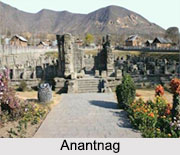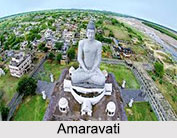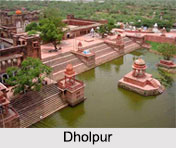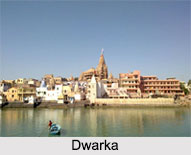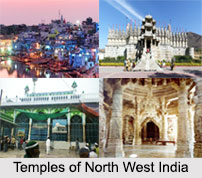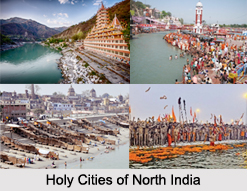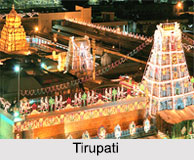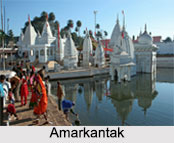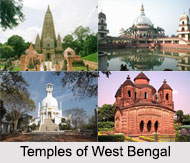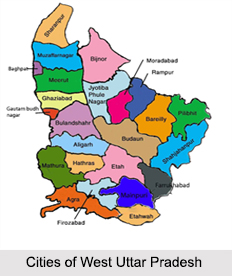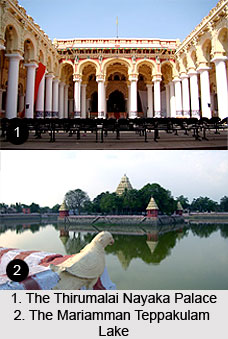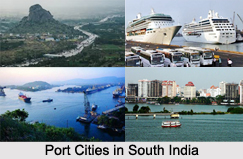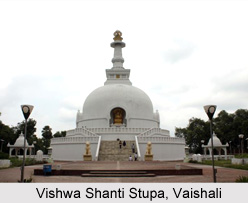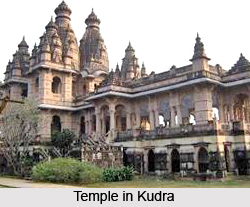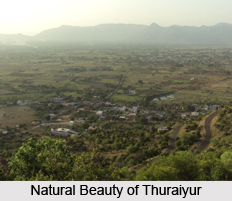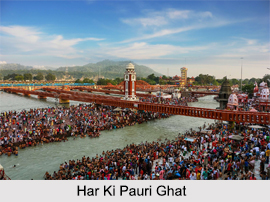Bantwa, also known as Bantva, is a small town located in the Junagadh district of Gujarat in India. The Junagadh District is situated on the Kathiawar peninsula in the western part of Gujarat. Bantwa is also a municipality and is located about 10 kilometres from the Arabian Sea. It is located at an altitude of 20 metres and its neighbouring towns include Limbuda, Manavadar, Vanthali, Junagadh, Keshod, Visavadar, Kutiyana, Dhoraji, Porbandar and Rajkot.
Bantwa was a princely state of Bantwa Manavadar before the independence of India. This princely state was founded in 1760 and was locally ruled by Nawab Moin ad-Din Gholam Khan, till February, 1948. The majority of population in Bantwa was Muslims and most of them belonged to the Menon community. Trading nuts and cottons was their primary occupation and this made the town one of the main hubs for trade and commerce, before independence. However, the Muslim residents of Bantwa formed a delegation on 9th September, 1947 to meet the rulers of Bantwa Manavadar. Their demand was to be joined with Pakistan and the rulers of the town agreed to join Pakistan on 25th September. However, this decision was not welcomed by the Indian Government. The government sent armed forces to Bantwa and took control over the town. The government also announced Bantwa to be a part of the Indian Union.
The conflict between the Indian Government`s armed forces and the residents of Bantwa continued for the next few weeks. However, most of the residents of Bantwa immigrated to Pakistan in November, 1947 leaving the town to be a part of India. The surviving residents of Bantwa continued cultivation of nuts and cottons and once again made the town an active centre of trade for nuts and cotton in the early 1960s.
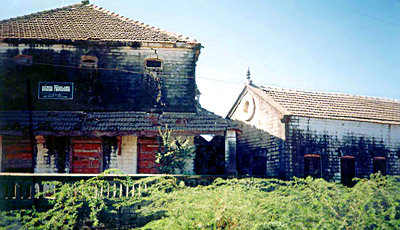 At present, Bantwa is referred to as one of the most rapidly growing city in the entire Saurashtra area, especially in the Junagadh district. There are a few important locations in the city that attract many people to visit Bantwa. The Zapa of Bantva, Jamia Masjid, Bantva Gymkhana, Baukhari Peer`s Dargha, etc. are some of the places in Bantwa with historical importance. There are also a few other important tourist places located around Bantwa. The birthplace of Mahatma Gandhi, Porbandar was previously a part of the Junagadh district and is situated near Bantwa. The world famous Gir Sanctuary is also located near Bantwa. The Girnar mountain range located in Junagadh is well known as a place of pilgrimage for the Jains and Hindus.
At present, Bantwa is referred to as one of the most rapidly growing city in the entire Saurashtra area, especially in the Junagadh district. There are a few important locations in the city that attract many people to visit Bantwa. The Zapa of Bantva, Jamia Masjid, Bantva Gymkhana, Baukhari Peer`s Dargha, etc. are some of the places in Bantwa with historical importance. There are also a few other important tourist places located around Bantwa. The birthplace of Mahatma Gandhi, Porbandar was previously a part of the Junagadh district and is situated near Bantwa. The world famous Gir Sanctuary is also located near Bantwa. The Girnar mountain range located in Junagadh is well known as a place of pilgrimage for the Jains and Hindus.
Bantwa has given birth to several eminent personalities like Hussain Kasim Dada, the Founder of Dada Ltd and the former President of the Rice Merchants` Association of India. The prominent industrialists like Abdur Razzaq Thaplawala, Munaf Kalia and Javed Khanani also hailed from Bantwa. Though it is a small town, Bantwa has recently gained much importance in Junagadh district.
